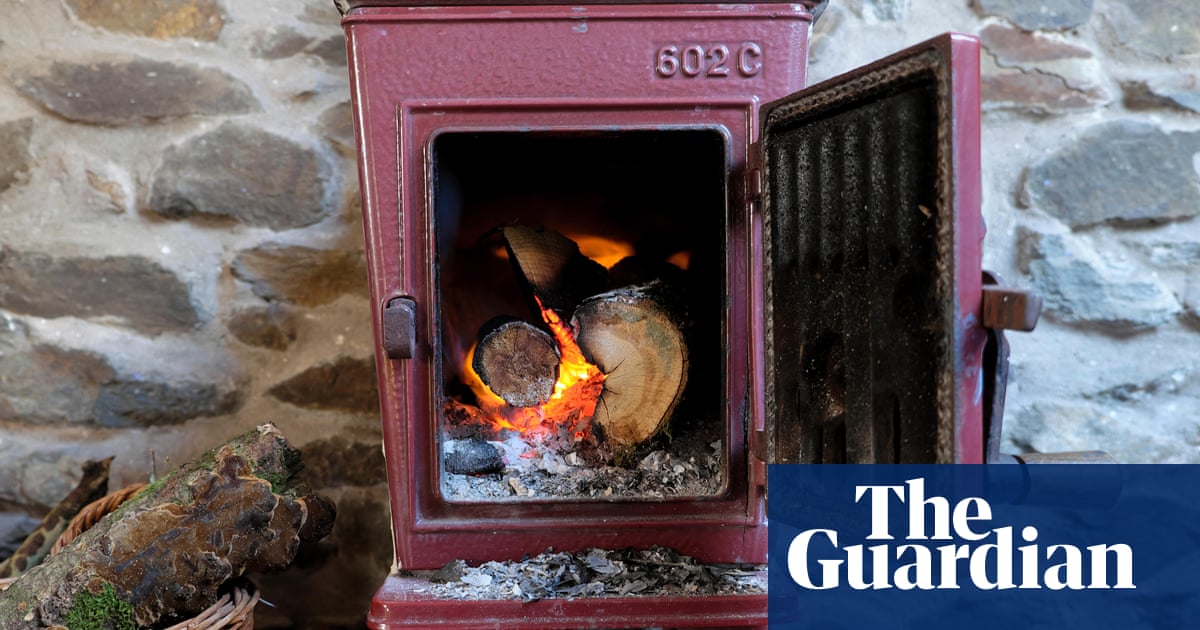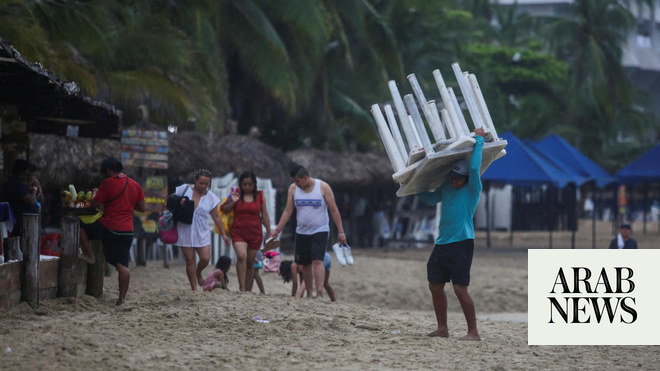
Hurricane Beryl has drawn close to Jamaica after leaving an “Armageddon-like” trail of devastation in Grenada and St Vincent and the Grenadines (SVG) and killing at least seven people across the region.
Residents in Jamaica reported rainfall, wind, flooding and interruption to communication services as the storm loomed with category 4 strength.
On Wednesday afternoon, the US National Hurricane Center reported that the storms eye wall was brushing Jamaica’s southern coast, with winds of around 140mph (225km’/h).
Jamaica’s Office of Disaster Preparedness and Emergency Management warned of dangerous storm surges potentially raising water levels to as high as 2.75 metres (9ft).
Officials encouraged vulnerable residents to go to shelters and warned those in flood-prone areas to prepare for evacuation.
“I am encouraging all Jamaicans to take the hurricane as a serious threat,” the prime minister, Andrew Holness, said in a public address. “It is, however, not a time to panic.”
At least three people have been reported dead amid floods in Venezuela, three in Grenada, and one in St Vincent and the Grenadines.
A hurricane warning was issued for Jamaica, Grand Cayman, Little Cayman and Cayman Brac. A hurricane watch was also in effect for Haiti’s southern coast and the Yucatan’s east coast. Belize issued a tropical storm watch stretching south from its border with Mexico to Belize City.
The US National Hurricane Center director, Michael Brennan, said Jamaica appeared to be in the direct path of Beryl.
“We are most concerned about Jamaica, where we are expecting the core of a major hurricane to pass near or over the island,” he said in an online briefing. “You want to be in a safe place where you can ride out the storm by nightfall [on Tuesday]. Be prepared to stay in that location through Wednesday.”
“This is a big hazard in the Caribbean, especially with the mountainous islands,” Brennan said. “This could cause life-threatening flash floods and mudslides in some of these areas.”
The storm has also affected South America: three people died and four were missing amid intense floods in Venezuela, where the vice-president, Delcy Rodríguez, was injured by a fallen tree as she inspected the Manzanares River, which overflowed in Sucre state.
Beryl became the earliest storm to develop into a category 5 hurricane in the Atlantic, peaking on Tuesday with winds of 165 mph before weakening to a still-destructive category 4. It strengthened at a record pace, thanks in part to unseasonably warm sea temperatures which scientists ascribe to global heating.
In Grenada and St Vincent and the Grenadines where the monster hurricane has already demonstrated its destructive power, the focus is now on relief, recovery and rebuilding.
After visiting the island of Carriacou, the prime minister of Grenada, Dickon Mitchell, described “Armageddon-like” scenes of “almost total destruction”, with approximately 98% of building structures damaged or destroyed and an almost complete wipeout of the electrical grid and communications systems.
“Having seen it myself, there is really nothing that could prepare you to see this level of destruction. It is almost Armageddon-like. Almost total damage or destruction of all buildings, whether they be public buildings, homes or private facilities. Complete devastation and destruction of agriculture, complete and total destruction of the natural environment. There is literally no vegetation left anywhere on the island of Carriacou,” he said.
People were also evacuated from Union Island, where about 90% of housing was destroyed, arriving in the St Vincent and the Grenadines capital, Kingstown, by ferry.
One evacuee, Sharon DeRoche, said she and her family had taken shelter in her bathroom during the hurricane. “It was a hard four hours battling with six of us in that little area,” she said.
The last strong hurricane to hit the south-east Caribbean was Hurricane Ivan 20 years ago, which killed dozens of people in Grenada.
Roy O’Neale, a 77-year-old Grenadian resident who was forced to rebuild his home after Ivan, said: “I felt the wind whistling, and then for about two hours straight, it was really, really terrifying at times. Branches of trees were flying all over the place.”
Hundreds of people hunkered in shelters across the south-east Caribbean, including 50 adults and 20 children who huddled inside a school in Grenada.
“Maybe some of them thought they could have survived in their homes, but when they realised the severity of it … they came for cover,” said Urban Mason, a retired teacher who served as the shelter’s manager. “People tend to be complacent.”
Scientists say the human-caused climate crisis has increased the intensity, frequency and destructive powers of tropical storms, because hotter oceans provide more energy.
One of the homes that Beryl damaged belongs to the parents of the UN climate change executive secretary, Simon Stiell, who is from Carriacou. The storm also destroyed the home of his late grandmother.
In a statement, Stiell said the climate crisis was worsening faster than expected.
“Whether in my homeland of Carriacou … hammered by Hurricane Beryl, or in the heatwaves and floods crippling communities in some of the world’s largest economies, it’s clear that the climate crisis is pushing disasters to record-breaking new levels of destruction,” he said.












